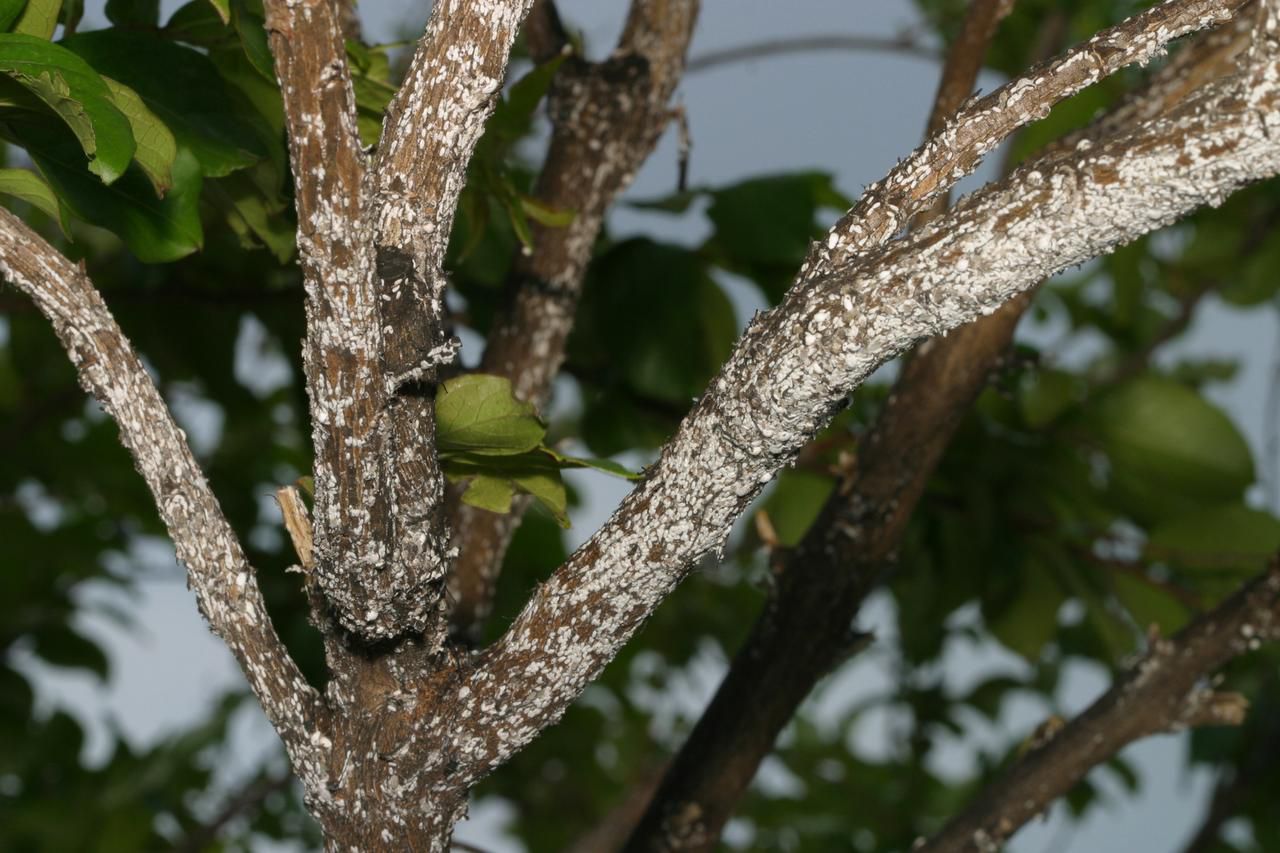
Image: savelogitechsqueezebox.blogspot.com
From Blooms to Blight: The Plight of Crape Myrtles
Delighting eyes with vibrant summer blooms, crape myrtles grace gardens and parks alike. However, a sinister threat lurks beneath their delicate petals—a fungal foe known as black fungus. This insidious presence not only mars the tree’s ornamental allure but also compromises its health, leaving gardeners distraught. Embark on a journey to conquer black fungus, restoring the beauty and well-being of your beloved crape myrtles.
Unraveling the Black Fungus Menace
Black fungus, scientifically termed Cercospora leaf spot, manifests as dark spots on the leaves, gradually expanding and coalescing into unsightly blotches. These lesions hinder photosynthesis, weakening the tree and making it more susceptible to other ailments. Left unchecked, black fungus can defoliate the tree, jeopardizing its vitality and diminishing its aesthetic appeal.
Eradication Strategies: A Comprehensive Arsenal
The battle against black fungus demands a holistic approach that encompasses proactive prevention and effective treatment. Equip yourself with these essential strategies:
1. Prevention: A Proactive Stance
a. Site Selection: When planting crape myrtles, choose well-drained locations with ample sunlight and avoid areas prone to excessive moisture.
b. Proper Pruning: Remove diseased or damaged leaves and branches promptly to prevent the spread of infection.
c. Water Wisely: Avoid overwatering, as prolonged moisture creates an ideal environment for fungal growth.
2. Treatment: Restoring Health and Beauty
a. Fungicides: Systemic fungicides penetrate the leaves and protect them from further infection. Consider products containing azoxystrobin or propiconazole.
b. Manual Removal: Remove heavily infected leaves and carefully dispose of them to prevent reinfection.
c. Copper-Based Sprays: Bordeaux mixture or other copper-based sprays offer effective control against black fungus.
3. Cultural Practices: Fostering Resilience
a. Fertilization: Feed your crape myrtles with a balanced fertilizer to enhance their natural resistance.
b. Mulching: Spread organic mulch around the base of the tree to maintain soil moisture and suppress weed growth.

Image: savelogitechsqueezebox.blogspot.com
Expert Insights: Wisdom from the Frontlines
Renowned horticulture expert Dr. Mary Helen Ferguson advises, “Prevention is key. Timely removal of infected leaves and proper irrigation practices can go a long way in minimizing black fungus outbreaks.”
Garden designer and blogger Sarah Rich suggests, “Experiment with disease-resistant varieties of crape myrtles. This can significantly reduce the likelihood of fungal infection.”
How To Get Rid Of Black Fungus On Crepe Myrtles
Conclusion: Embracing Beauty, Defeating Blight
The journey to defeat black fungus may not be without its challenges, but armed with the knowledge and strategies outlined above, you can restore the health and beauty of your crape myrtles. Take swift action to prevent and treat this fungal affliction, ensuring that these beloved trees continue to grace your landscape with their vibrant blooms. Remember, every step you take towards eradicating black fungus is an investment in the well-being and aesthetic appeal of your garden sanctuary.